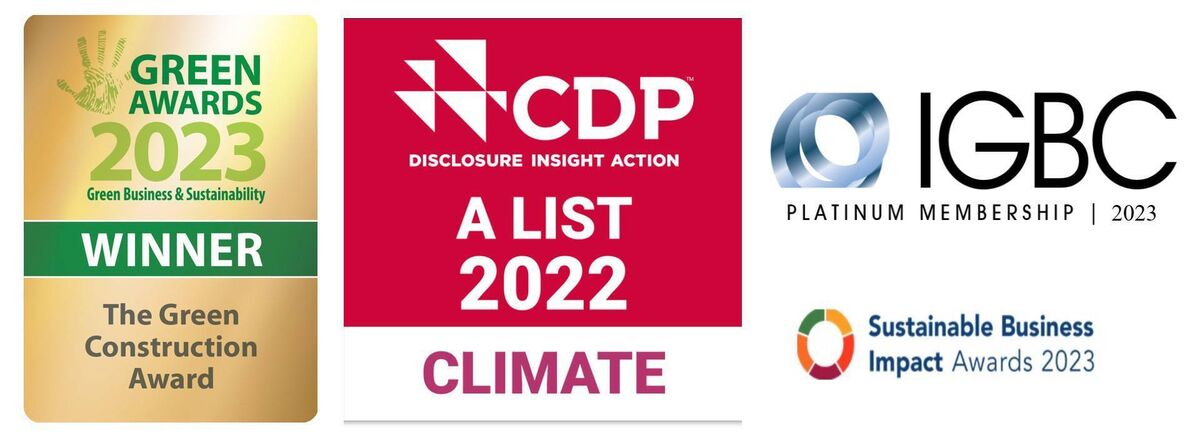BAM: Developing sustainable construction and reducing environmental impact
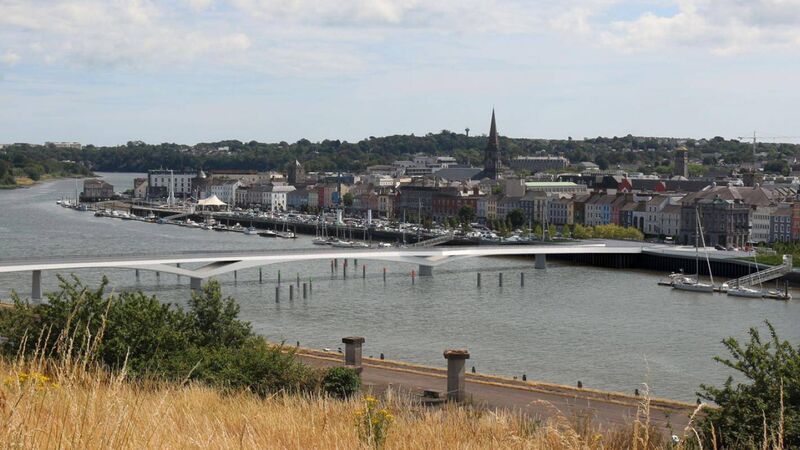
Green commitments: Construction company BAM recently started work on the €170m Waterford North Quays Public Infrastructure Project, which includes a new transport hub and a sustainable transport bridge that will connect the city’s relocated train station with its greenways.
The construction sector in Ireland is increasingly aware of the need to reduce its environmental impact and BAM is playing a leading role in addressing this by signing up to the IGBC ‘Building a Net Zero Ireland’ roadmap.
The goal is to decarbonise Ireland’s Built Environment across its Whole Life Cycle, by implementing recommendations to create a built environment that supports restoration of resources and natural systems within a thriving circular economy.
The digital construction expertise at BAM is second to none and the company is on the steering committee of ‘Construct Innovate’, Ireland’s National Research Centre for Construction Technology and Innovation, making Ireland a global research and innovation leader for sustainable construction and built environment technology.
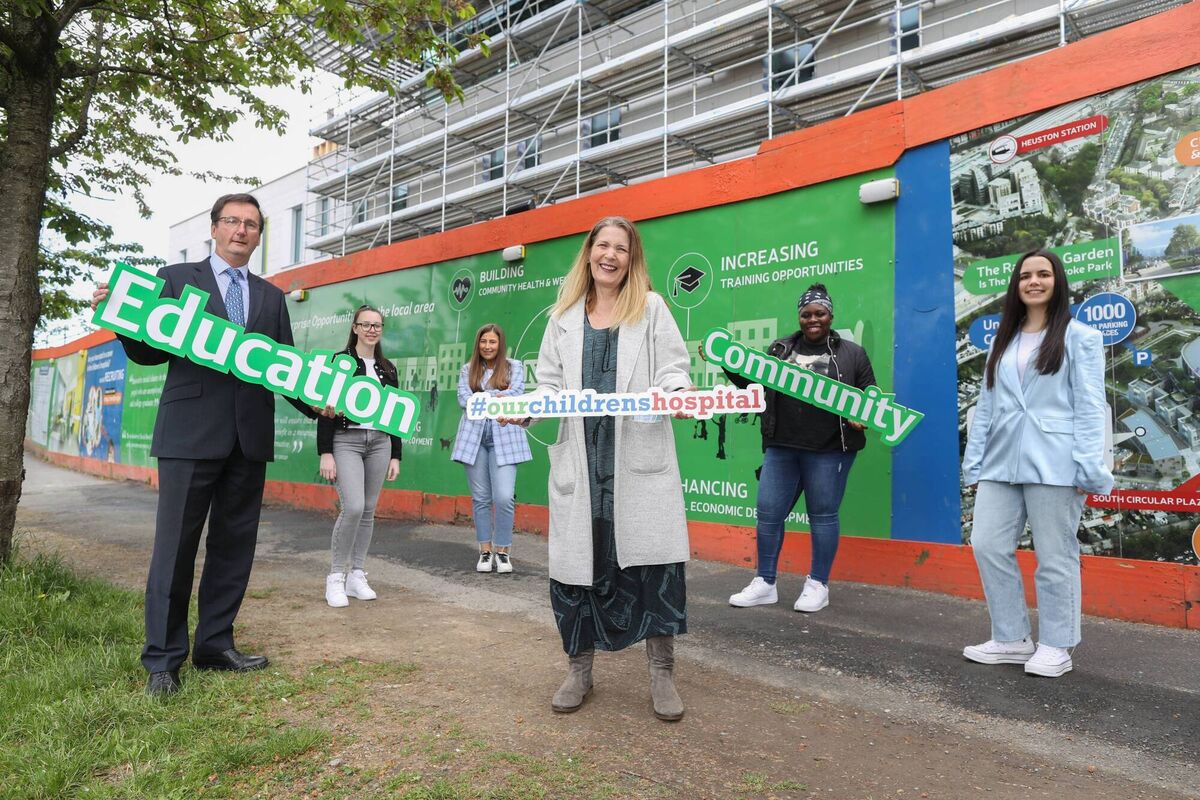
Alasdair Henderson, Executive Director, BAM Ireland, comments: “As a purpose-led business, we aim to create a sustainable infrastructure that meets the needs of society whilst ensuring that we leave a lasting legacy. The continuously increasing loss of biodiversity and the climate crisis is a severe threat to our planet, and our industry can play a crucial role in reversing their effects and managing finite resources.
“Existing buildings need to be modified and repurposed instead of demolished where possible and the infrastructure we build in the future has to be able to deal with the new patterns of weather that are coming from climate change. And the infrastructure we already have needs to be modified so we don’t have loss of functionality when we get these weather events.”
BAM’s purpose is to ‘Build a sustainable tomorrow’, and the company’s Sustainability Strategy provides a clear plan of action to achieve this, with a series of ambitious targets for 2030. It focuses not just on decarbonisation but also on biodiversity, social value, circularity, safety, health and inclusion and climate adaptation. It is only through a broad range of initiatives that industry can achieve real change to the practices the construction sector has depended on in the past.
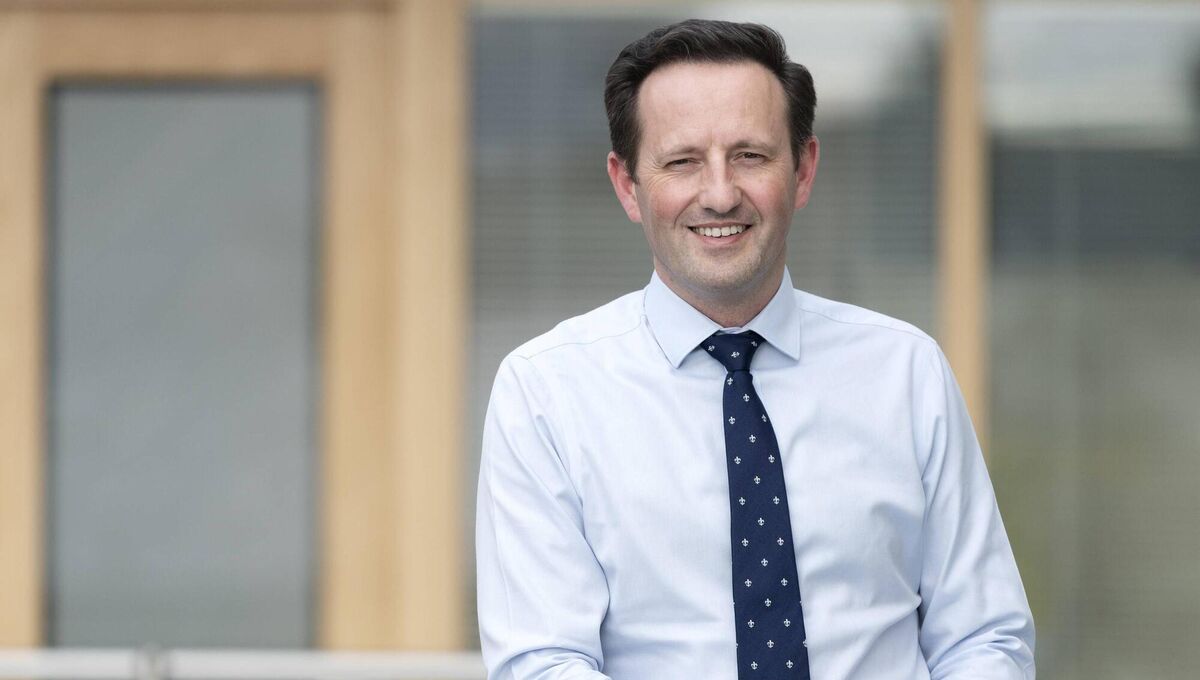
BAM’s ambitious carbon target – to become net zero in its direct operations by 2026 – is at the forefront of the Irish construction sector and it continues to work towards achieving this aim. One of BAM’s decarbonisation commitments is to look at ways to move towards certified sustainable biofuel – hydrogenated vegetable oil (HVO) – in Ireland. Although a financially challenging decision because HVO is more expensive than diesel, its use reduces carbon impact by 90%.
Ideally, BAM would like to see its use mandated by Government across public sector construction projects as the entire sector should be using HVO instead of diesel.
BAM is always looking at ways to support our customers and supply chain partners with their own sustainability journeys. The company is working on the delivery of the civil balance of plant component of Bord na Mona’s Derrinlough wind farm, which comprises 21 turbines and will have a maximum export capacity of 105 MW.
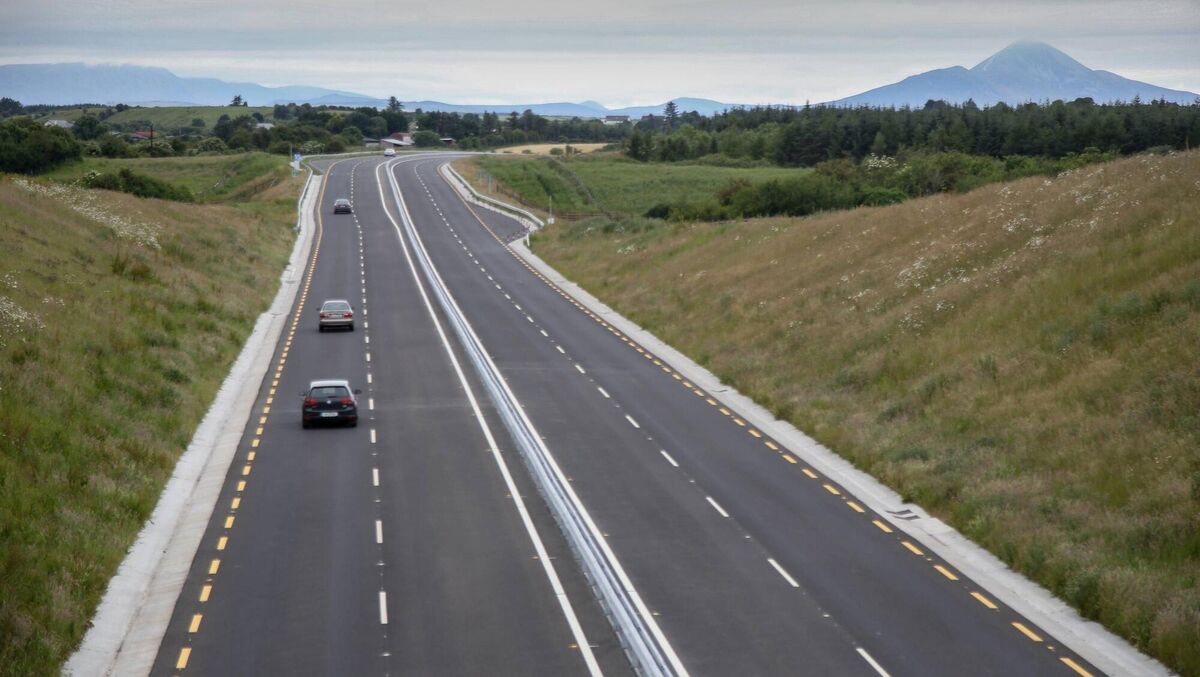
Biodiversity is another area of huge concern as Ireland remains in the lowest 10% bracket of global nations for biodiversity intactness. On the M11, the O&M team at BAM is enhancing biodiversity along the motorway simply by leaving a natural verge to encourage bees and insects.
Just recently, the Wills BAM JV handed over the N5 to Mayo County Council. This 25km dual and single carriageway incorporates 38 dedicated mammal crossings for badgers, 25 bat boxes along with the construction of 7km of the Great Western Greenway at Westport. The project planting scheme included 86,588 Trees, 62,000m of hedgerow, 3,431 Shrubs and 1.2 million m2 of grass.
On climate adaptation, BAM’s goal is to ensure that the built environment is more resilient to weather events. The Blue roof being installed on the Green Acre residential project for Marlet is a prime example of a new sustainable urban drainage technology that helps mitigate local flooding.
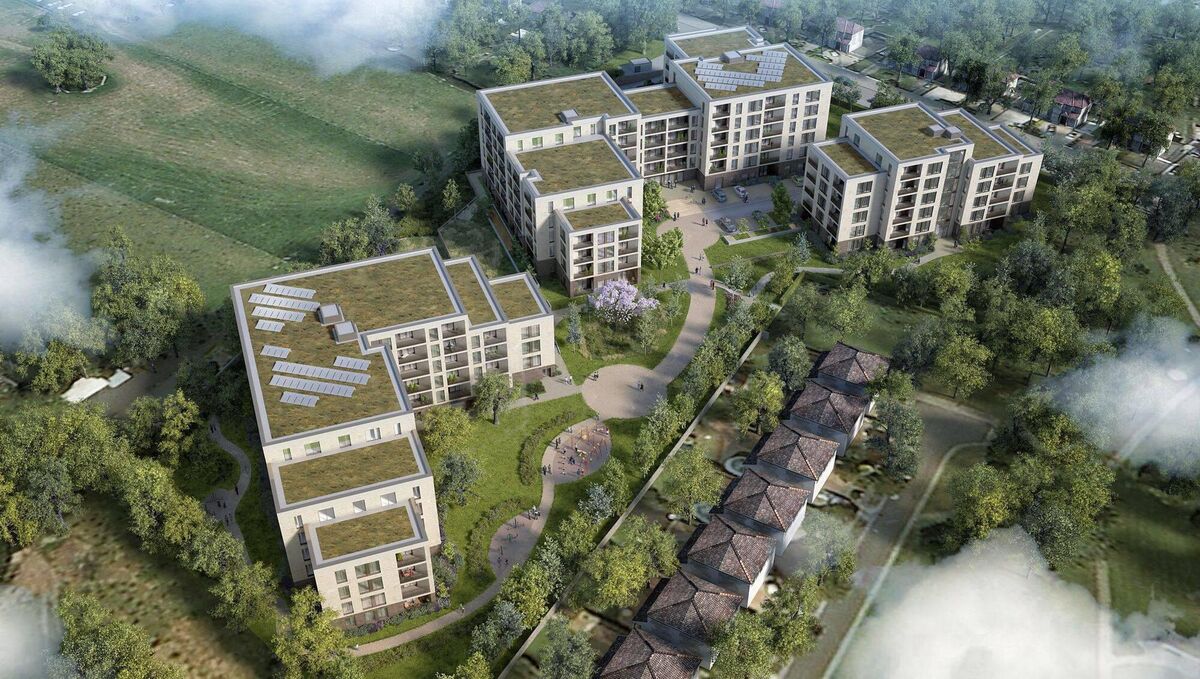
“Sustainability doesn’t just apply to the environmental sustainability of our built environment, it’s about the wider social and economic development of people in society.”
On the health and safety front, BAM’s safety performance and safety culture is about making a commitment that every worker goes home safely every day.
“Safety leadership is critical to us,” commented Alasdair Henderson. “We are not asking people to commit to safety; we are asking them to commit to the principle of everyone going home safe every day; a less abstract and more human goal. Our incident rate has reduced by a third over the last year.”
The company’s first gender pay gap reporting in Ireland last year highlighted issues across the industry and the need to address gender inequality to get the best people.
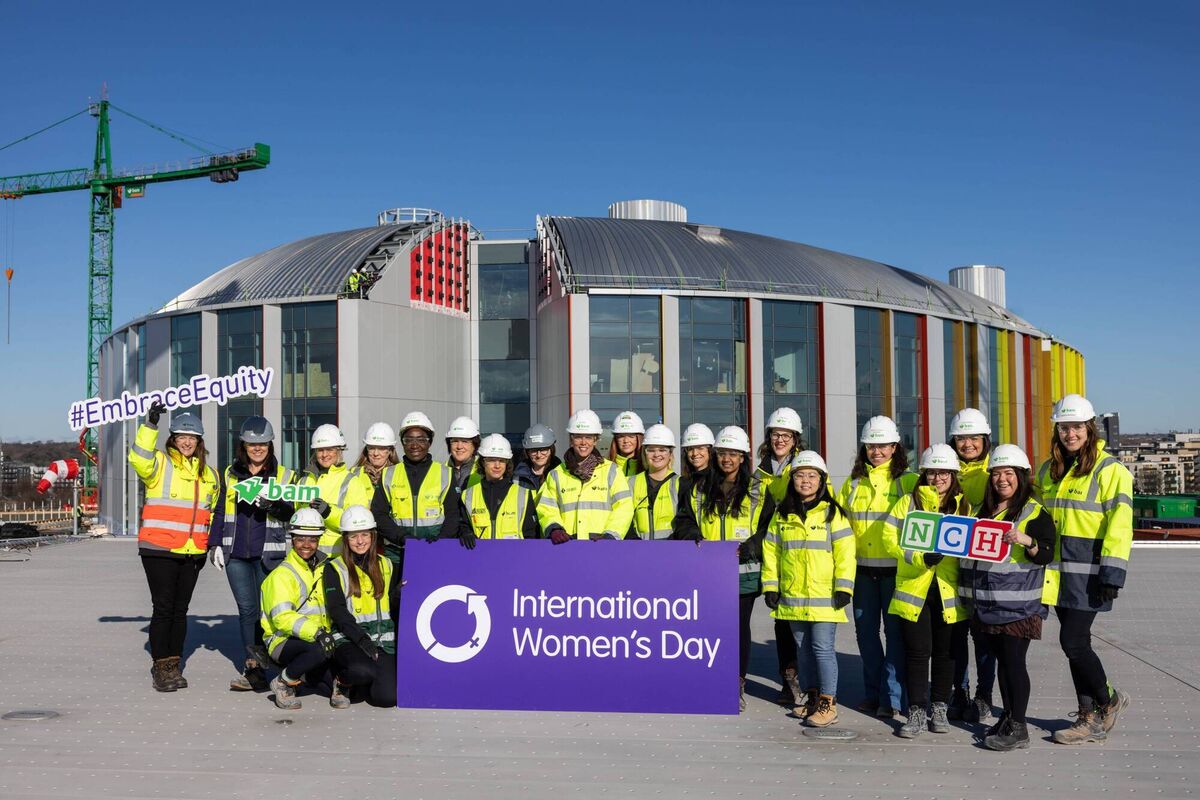
“Gender balance is a high priority for us but we’re also talking about disability, ethnicity and LGBT+. We are looking at practical ways to increase diversity, including an updated flexibility policy and ensuring that inherent biases are taken out of the recruitment process. We are delighted that 30% of our senior team in Ireland now are female, including operation roles.”
Social impact is about the positive change that is experienced through the delivery of social value activities, and we also have ambitious targets around this. From 2026 onwards, BAM has committed to invest 35% of social value in all projects and contracts over €10 million.
BAM Community Benefit Fund at the NCH is a prime example of this. The €500,00 fund has enhanced the local communities of Dublin 8 & 12. To date, 68 local organisations have benefited, and over 1,000 children and young people have engaged in the programme.
As a responsible business, BAM’s long-term sponsorship of the Chambers Ireland Sustainable Business Impact Awards and the UN Sustainable Development Goals (SDGs) resonate with the company’s purpose to ‘Build a sustainable tomorrow’.
Winning the Green Construction Category at the 2023 Green Awards was a very proud moment for BAM.

Alasdair Henderson commented: “It’s a very positive reflection on the many people in BAM and across the shortlisted businesses who are bringing this to life every day. When it comes to addressing the climate adaptation challenges faced by society, construction and infrastructure can justifiably claim to be the industry of the future.”
Climate change affects all of us, and its negative impact grows daily. The civil engineering and construction industry is responsible for 39% of all global carbon emissions and approximately 36% of all energy use.
Alasdair Henderson said: “At BAM, we know that we’re part of the problem, but that means we can be part of the solution, too. It requires changes to project procurement and also to the way we deliver projects. For example, offsite construction as opposed to on-site construction. Our Modern Homes Ireland (MHI) facility in Cavan delivers new levels of precision in planning and the use of scarce skills and resources in a more valuable way that can ultimately reduce unknown costs, which can be applied to any type of building, not just housing.”
Alasdair added: “Government also needs to play its part as the current procurement model for construction is unsustainable. The NDP has 7% year-on-year reduction in carbon built into it. If you want to deliver that you need to have a procurement model that is attractive for responsible contractors. A longer-term, more relationship-based procurement model would lead to the best outcomes.”
